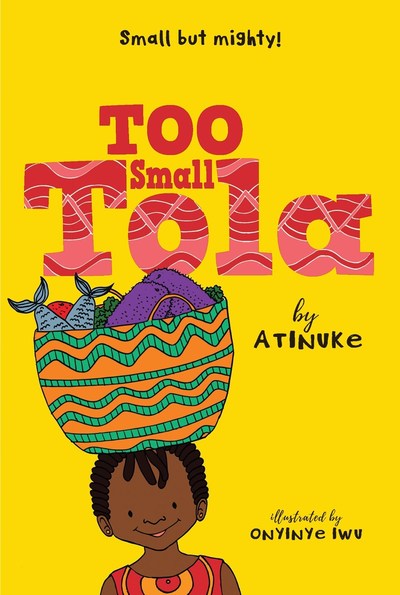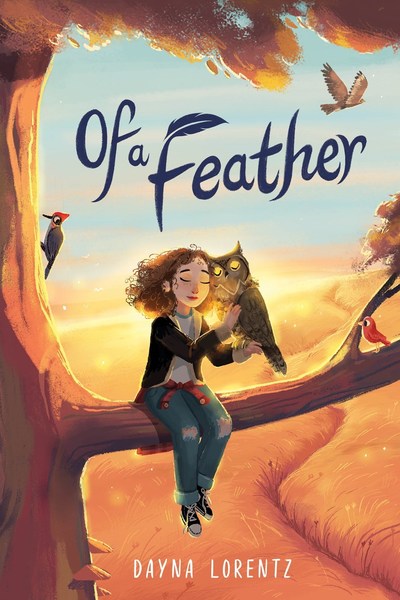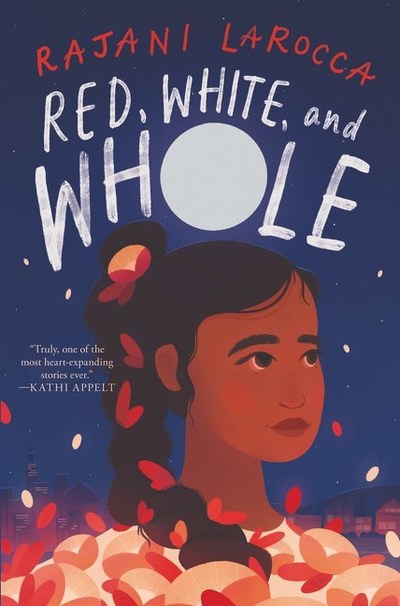Laura Amy Schlitz’s Newbery Medal-winning novel, Good Masters! Sweet Ladies!, immersed readers in the sights, sounds and smells of medieval life, warts and all. Her masterfully constructed Amber & Clay transports young readers to ancient Greece, a place with serious inequality and injustice where young people could become part of history and where ghosts and gods walk the mortal world.
The novel is populated by about three dozen characters, several of whom take turns narrating the tale, including the gods Hermes and Hephaistos. At the story’s center are two young people from very different backgrounds. Rhaskos is an enslaved Thracian boy who dreams of drawing horses but spends his days picking up dung at his enslaver’s home in Thessaly. At the other end of the social spectrum is Melisto, the daughter of a rich Athenian citizen. She is beloved by her father but chafes against her mother’s expectations. Melisto is thrilled to be selected as one of the girls who will serve the goddess Artemis at her sanctuary in Brauron. Though Melisto cherishes the freedom she finds there, she dreads the day she will have to return to the strictures of Athens.
These two young people come from such different worlds that it’s not surprising their paths cross only after one of them dies. Such a mysterious premise is par for the course in Schlitz’s wonderfully enigmatic and multilayered novel.
Readers may wonder how Rhaskos became friends with Sokrates (as the novel spells the famous philosopher's name) and what is the purpose of the illustrations of Greek pottery, jewelry and other artifacts throughout the book, complete with placards as though they came from a museum. Yet Amber & Clay rewards patient readers with clarity, great beauty and humor (Hermes’ narration is particularly funny), as well as moments of both crushing grief and cautious hope. Schlitz grants her narrators markedly different voices; some speak in verse and others in prose, and she even replicates some of Plato’s most well-known dialogues while fitting them into the larger story’s context.
Readers of all ages will come away from Amber & Clay with a richer understanding of ancient Greece’s social structures, including its reliance on slavery and its cultural productions and beliefs. This splendid novel could easily join a curriculum on ancient Greece, helping to humanize the people and events of the past and inspiring readers to learn even more about this fascinating period in history.
ALSO IN BOOKPAGE: Laura Amy Schlitz reveals why learning to speak Greek was a “turning point” as she wrote Amber & Clay.


























